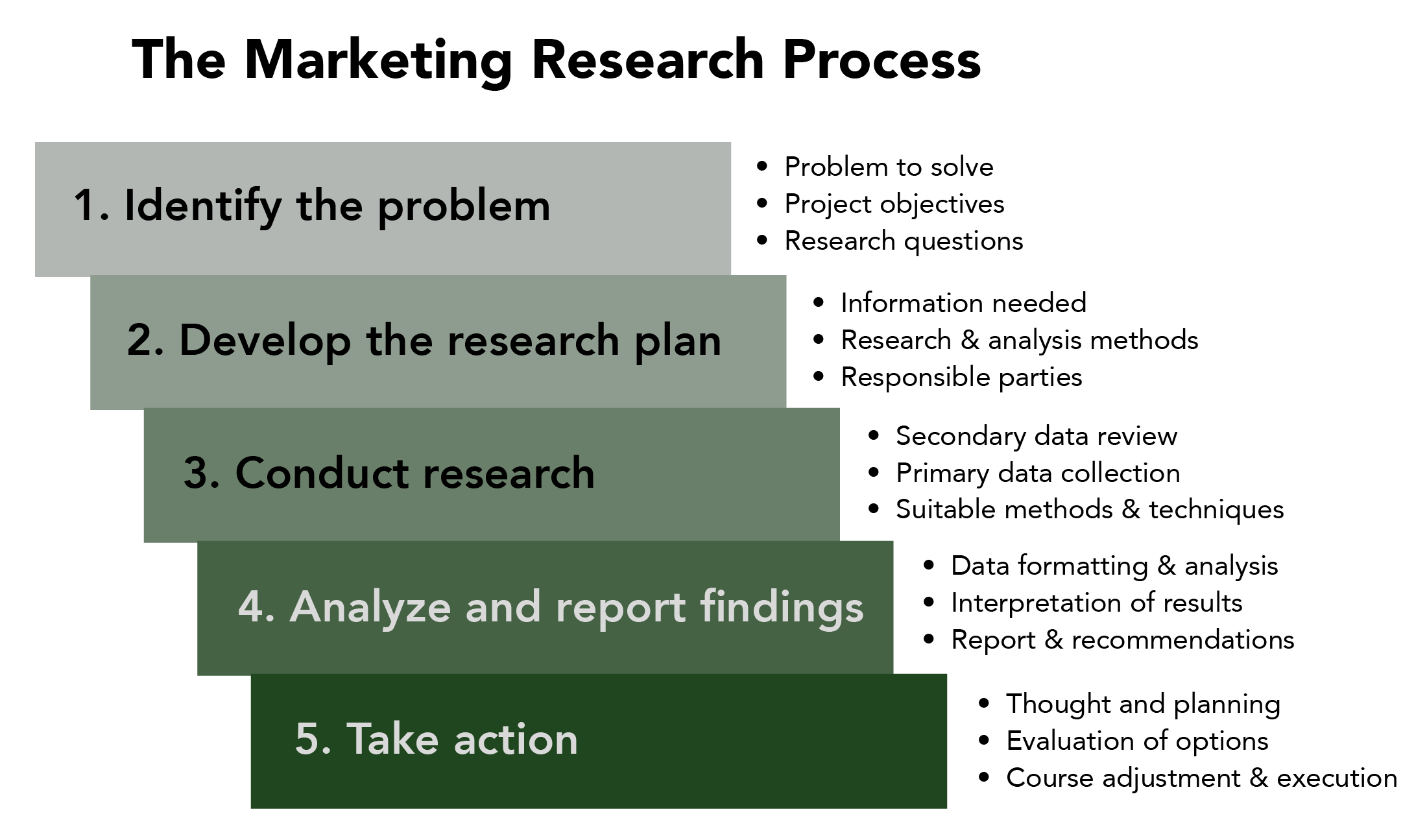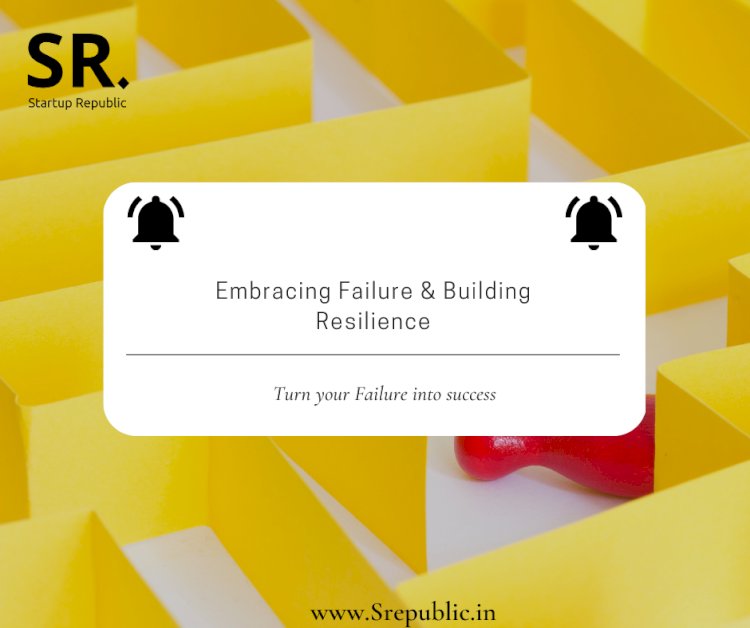
10 Essential Market Research Techniques for Early-Stage Startups (Your Ultimate Guide)
Starting a business is exhilarating! You have a brilliant idea, boundless energy, and a vision for the future. But here’s a sobering truth: many startups fail, not because their idea was bad, but because they didn’t truly understand their market or their customers. This is where market research comes in – it’s your compass in the vast ocean of business.
For early-stage startups with limited resources, extensive, costly market research might seem out of reach. But fear not! This comprehensive guide will walk you through 10 powerful, budget-friendly market research techniques that any early-stage entrepreneur can use to validate their idea, understand their audience, and build a product or service that truly resonates.
Why Market Research Isn’t a Luxury, It’s a Necessity for Startups
Before we dive into the techniques, let’s quickly understand why market research is non-negotiable for early ventures:
- Reduces Risk: Knowing what your potential customers want (or don’t want) before you invest heavily can save you immense time and money.
- Validates Your Idea: Is there a real need for what you’re offering? Market research helps you confirm if your solution actually solves a problem for a significant group of people.
- Finds Your Target Audience: Who exactly are you trying to reach? What are their demographics, behaviors, and pain points? This is crucial for effective marketing and product development.
- Informs Product Development: Don’t build in a vacuum! Customer insights guide your features, pricing, and user experience, leading to a better product-market fit.
- Identifies Competitors & Opportunities: Understand who else is in the game, what they do well, and where the gaps (your opportunities!) lie.
- Saves Money & Time: By making informed decisions early on, you avoid costly pivots or building features nobody wants.
Ready to gain a competitive edge? Let’s explore the techniques!
The 10 Market Research Techniques for Early-Stage Startups
These techniques range from simple desk research to direct customer engagement, offering a holistic view of your market.
1. One-on-One Customer Interviews (Qualitative Research)
This is arguably the most powerful technique for early-stage startups. Forget fancy surveys for a moment – talking directly to potential customers provides invaluable qualitative insights. You learn the "why" behind their behaviors, their true pain points, and their deepest desires.
- What it is: Directly interviewing individuals who fit your ideal customer profile. These are open-ended conversations, not just a list of questions.
- Why it’s great for startups:
- Deep Understanding: Uncovers nuanced perspectives, emotions, and motivations you can’t get from numbers.
- Idea Validation: Helps you understand if your problem statement resonates and if your proposed solution is appealing.
- Uncovers Unmet Needs: People often tell you what they really need, not just what they think they want.
- How to do it:
- Identify your ideal customer: Who would benefit most from your solution?
- Find them: Use your network, social media groups, LinkedIn, or even local community events.
- Prepare open-ended questions: Instead of "Do you like X?", ask "Tell me about your experience with X." or "What challenges do you face when trying to do Y?"
- Listen more, talk less: Your goal is to understand, not to sell.
- Record (with permission): This allows you to focus on the conversation and review details later.
- Aim for 5-10 initial interviews: You’ll start seeing patterns surprisingly quickly.
2. Online Surveys & Questionnaires (Quantitative Research)
Once you’ve gained some qualitative insights from interviews, online surveys allow you to quantify those findings across a larger group. They help you confirm trends and preferences identified in your one-on-one chats.
- What it is: Distributing a set of structured questions to a larger audience, typically through online platforms.
- Why it’s great for startups:
- Scalable: Reach many people quickly and cost-effectively.
- Quantitative Data: Get measurable data (percentages, averages) on preferences, demographics, and behaviors.
- Confirms Hypotheses: Test assumptions you’ve formed from qualitative research.
- How to do it:
- Choose a platform: Google Forms, SurveyMonkey (free tier available), Typeform.
- Keep it short and focused: Respect people’s time. 5-10 questions is often ideal.
- Mix question types: Multiple choice, Likert scale (agree/disagree), yes/no, and a few open-ended for richer insights.
- Target your audience: Share in relevant online communities, email lists, or social media groups.
- Offer an incentive (optional): A small gift card or entry into a draw can boost response rates.
3. Competitive Analysis (Secondary Research)
Understanding your competitors isn’t about copying them; it’s about learning from them, identifying their strengths and weaknesses, and finding your unique selling proposition (USP).
- What it is: Researching existing businesses that offer similar products or services, or solve the same problem.
- Why it’s great for startups:
- Identifies Market Gaps: Find underserved customer needs or areas where competitors fall short.
- Learns Best Practices: See what’s working well in your industry.
- Defines Your USP: Understand how you can differentiate your offering.
- Benchmarking: Set realistic expectations for pricing, features, and marketing.
- How to do it:
- Identify direct and indirect competitors: Who solves the same problem, even if differently?
- Visit their websites & social media: What’s their messaging? Who are they targeting?
- Read reviews: Check Yelp, Google Reviews, app store reviews, G2, Capterra. What do customers love/hate?
- Analyze their pricing, features, and marketing strategies.
- Sign up for their newsletters or trials: See their onboarding process and customer communication.
- Create a simple spreadsheet: Compare competitors side-by-side on key criteria.
4. Secondary Research (Desk Research)
This is the easiest and often first step in market research. It involves gathering existing information from publicly available sources.
- What it is: Collecting data that has already been compiled by others (e.g., government reports, industry statistics, academic studies, articles).
- Why it’s great for startups:
- Cost-Effective: Often free or low-cost.
- Quick Insights: Get a broad overview of market size, trends, and demographics quickly.
- Foundation for Primary Research: Helps you frame your questions for direct customer engagement.
- How to do it:
- Google is your friend: Use specific search terms related to your industry, target audience, and problem.
- Government websites: (e.g., Bureau of Labor Statistics, Census Bureau) for demographic and economic data.
- Industry associations: Often publish reports and statistics.
- Trade publications & reputable news sources: For industry-specific trends and news.
- Academic journals & university research: For deeper, evidence-based insights.
- Market research firms (e.g., Statista, Gartner): Some offer free snippets or reports.
5. Social Listening & Online Community Analysis
People are openly discussing their problems, preferences, and desires on social media and in online forums. This is a goldmine for insights.
- What it is: Monitoring social media platforms, forums (like Reddit), and online communities for mentions of your industry, competitors, or problem area.
- Why it’s great for startups:
- Authentic Feedback: People often share unfiltered opinions in these spaces.
- Trend Spotting: Identify emerging needs, complaints, or popular discussions.
- Language Insights: Learn the exact words and phrases your target audience uses, which is invaluable for marketing.
- Identify Influencers: Find people already talking about topics related to your business.
- How to do it:
- Manual search: Use platform search bars (Twitter, Reddit, Facebook Groups, LinkedIn Groups) for keywords related to your product, problem, or competitors.
- Use free tools: Google Alerts for keyword mentions, TweetDeck for Twitter monitoring.
- Join relevant groups: Observe discussions, but don’t just jump in and sell. Listen first.
- Look for pain points: What frustrates people? What are they asking for help with?
- Note positive and negative sentiment: What do people love or hate about existing solutions?
6. Focus Groups (Qualitative Research)
While more involved than one-on-one interviews, focus groups can provide a dynamic environment for discussion and debate among a small group of potential customers.
- What it is: A moderated discussion with a small group (typically 6-10 people) who represent your target audience.
- Why it’s great for startups:
- Group Dynamics: Observe how people influence each other’s opinions and preferences.
- Diverse Perspectives: Get multiple viewpoints on a topic quickly.
- Brainstorming: Can be useful for generating new ideas or refining concepts.
- How to do it:
- Recruit 6-10 participants: Ensure they fit your target demographic.
- Prepare a discussion guide: A list of open-ended questions and topics to cover.
- Find a neutral moderator: Someone who can facilitate discussion without bias.
- Choose a comfortable location: Or conduct virtually via video conferencing.
- Record the session (with permission): For later analysis.
- Look for consensus and dissent: What are the common themes? What are the disagreements?
7. Minimum Viable Product (MVP) Testing
This isn’t just a development technique; it’s a powerful market research tool. An MVP is the simplest version of your product with just enough features to solve a core problem and be usable.
- What it is: Launching a bare-bones version of your product or service to a small group of early adopters to gather real-world feedback.
- Why it’s great for startups:
- Real-World Validation: See if people actually use your product and if it solves their problem in practice.
- Early Feedback Loop: Get actionable insights on what’s working and what’s not before building out full features.
- Saves Development Costs: Don’t build expensive features that nobody wants.
- Builds Early Community: Creates a core group of passionate users.
- How to do it:
- Define your core problem and solution: What’s the absolute minimum needed to test this?
- Build quickly and cheaply: Use no-code tools, existing templates, or simple prototypes.
- Recruit early adopters: Friends, family, people from your customer interviews, online communities.
- Gather feedback relentlessly: Use surveys, in-app feedback, interviews, and analytics.
- Iterate quickly: Use the feedback to improve your MVP.
8. User Testing / Usability Testing
Once you have an MVP or even a prototype, user testing helps you understand how people interact with your product and if it’s intuitive and easy to use.
- What it is: Observing actual users as they attempt to complete specific tasks using your product, website, or app.
- Why it’s great for startups:
- Identifies Friction Points: Uncovers areas where users get stuck, confused, or frustrated.
- Improves User Experience (UX): Leads to a more intuitive and enjoyable product.
- Validates Design Decisions: Confirms if your interface makes sense to real users.
- How to do it:
- Define specific tasks: "Find X feature," "Complete Y process," "Purchase Z item."
- Recruit 3-5 users: Often, just a few users can reveal most major usability issues.
- Observe them: Ask them to "think aloud" as they perform tasks.
- Don’t interrupt or offer help: Let them struggle if they do; that’s where the insights are.
- Note where they get stuck, express frustration, or seem confused.
- Use tools: Lookback.io, UserTesting.com (paid, but good for structured tests), or simply screen recording during a video call.
9. A/B Testing (Split Testing)
While often considered a marketing technique, A/B testing is a powerful market research tool that helps you understand what resonates best with your audience.
- What it is: Comparing two versions of a webpage, email, ad, or product feature (A and B) to see which one performs better based on a specific metric (e.g., clicks, sign-ups, conversions).
- Why it’s great for startups:
- Data-Driven Decisions: Removes guesswork about what your audience prefers.
- Optimizes Marketing & Product: Improve conversion rates, user engagement, and feature adoption.
- Refines Messaging: Test different headlines, calls-to-action, or value propositions.
- How to do it:
- Identify one variable to test: Change only one thing between version A and version B.
- Define your success metric: What are you trying to improve?
- Split your audience: Show version A to half and version B to the other half.
- Run the test long enough: Gather sufficient data to draw statistically significant conclusions.
- Use tools: Google Optimize (free, for websites), built-in A/B testing features in email marketing platforms or ad platforms.
10. Trend Analysis & Future Forecasting
Looking at current and emerging trends helps you position your startup for future success and identify potential new opportunities or threats.
- What it is: Researching broader societal, technological, economic, environmental, and political (STEEP) trends that could impact your industry or target market.
- Why it’s great for startups:
- Identifies Opportunities: Spot emerging needs or shifts in consumer behavior.
- Future-Proofs Your Business: Prepare for upcoming challenges or changes.
- Informs Long-Term Strategy: Helps you build a product or service that remains relevant.
- Competitive Advantage: Be ahead of the curve.
- How to do it:
- Follow industry thought leaders: Read their blogs, listen to their podcasts, follow them on social media.
- Read trend reports: Companies like Gartner, Forrester, PwC, and Deloitte often publish free summaries.
- Monitor tech news: TechCrunch, Wired, The Verge.
- Observe consumer behavior: What are people talking about online? What new problems are arising?
- Look at adjacent industries: What innovations are happening there that could spill over?
- Think globally: Are there trends in other countries that might come to yours?
Key Tips for Successful Market Research as an Early-Stage Startup
- Start Early, Iterate Often: Don’t wait until your product is built. Research is an ongoing process.
- Combine Techniques: Use a mix of qualitative (interviews, focus groups) and quantitative (surveys, A/B tests) methods for a complete picture.
- Be Objective: Listen to what people say, even if it contradicts your assumptions. Don’t seek validation; seek truth.
- Don’t Over-Research: There’s a point of diminishing returns. Get enough data to make informed decisions, then act.
- Focus on the "Why": Always try to understand the underlying motivations and pain points, not just surface-level preferences.
- Take Actionable Insights: Research is useless if you don’t use the findings to inform your product, marketing, or business strategy.
Conclusion
Market research isn’t a daunting academic exercise for early-stage startups; it’s a vital, practical tool that can significantly increase your chances of success. By thoughtfully applying these 10 techniques, you can gain a deep understanding of your potential customers, validate your core idea, identify your unique selling points, and build a product that truly resonates with the market.
Don’t launch in the dark. Equip yourself with knowledge, learn from your audience, and build a startup that’s truly poised for growth. Start researching today!



Post Comment